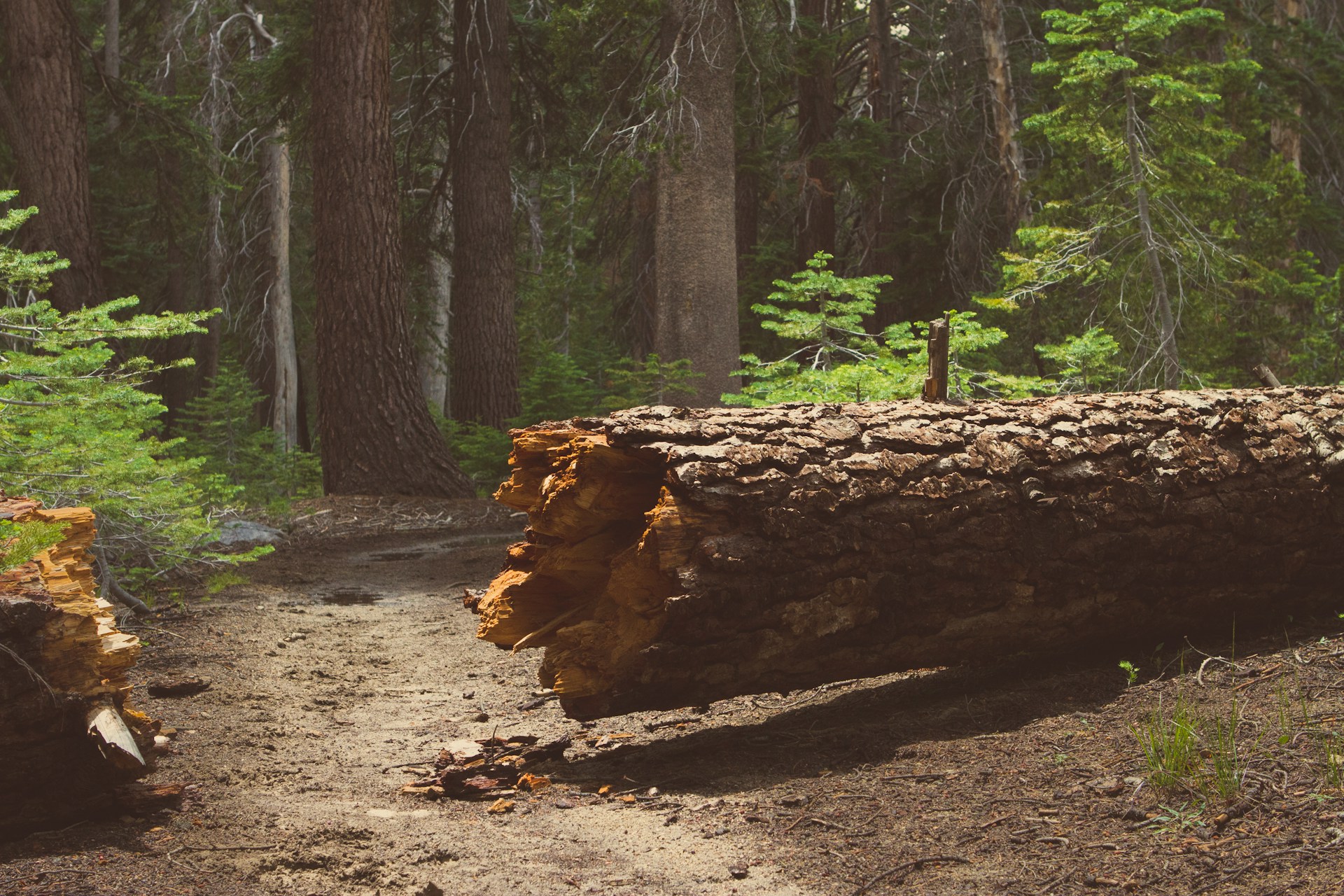Trees are a beautiful and valuable asset to any property, providing shade, enhancing curb appeal, and contributing to a healthy environment. However, there comes a time when a tree, despite its past benefits, becomes a liability. Identifying when a tree needs to be removed from your yard is crucial for safety, property protection, and the health of your landscape. At Eisenhower Tree Care, we understand the complexities of tree health and removal, and we’re here to help homeowners in Kansas City make informed decisions.
Why Tree Removal Becomes Necessary
While tree removal might seem like a drastic step, it’s often essential for several reasons:
- Safety Hazards: Diseased, damaged, or unstable trees can pose a significant risk to people, homes, and other structures, especially during storms.
- Property Damage: Falling branches or entire trees can cause extensive damage to roofs, fences, cars, and utility lines.
- Disease Spread: A diseased tree can become a source of infection for other healthy trees in your yard or neighborhood.
- Structural Damage: Roots can sometimes grow into foundations, sidewalks, or underground pipes, causing costly damage.
- Landscape Interference: A tree might be outgrowing its space, blocking sunlight, or interfering with construction plans.
Key Signs a Tree Might Need to Be Removed
Knowing what to look for can help you identify potential problems early. Here are common signs that a tree in your yard may need to be removed:
1. Dead or Dying Branches (or Entire Tree)
- Sign: Large sections of the tree, or the entire tree, show no signs of life (no leaves in spring, brittle branches that snap easily).
- Why it’s a problem: Dead wood is weak and can fall unexpectedly, posing a significant hazard.
2. Significant Trunk Damage
- Sign: Large cracks, deep wounds, or cavities in the trunk. Missing bark or fungal growth (mushrooms) at the base of the trunk.
- Why it’s a problem: The trunk is the tree’s main support structure. Damage here severely compromises its stability and ability to transport nutrients.
3. Leaning or Unstable Posture
- Sign: The tree is noticeably leaning to one side, especially if the lean developed recently or if the ground around the base is heaving or cracking.
- Why it’s a problem: A leaning tree indicates root damage or instability, making it prone to falling, particularly in high winds.
4. Root Problems
- Sign: Fungi (mushrooms) growing at the base of the tree or around the root collar. Roots are exposed and damaged, or the soil around the base is disturbed.
- Why it’s a problem: Healthy roots are vital for stability and nutrient absorption. Root rot or significant root damage can lead to the tree’s decline and eventual collapse.
5. Extensive Internal Decay
- Sign: While not always visible externally, signs can include large cavities, soft or crumbling wood, or hollow sounds when tapping the trunk. Small holes with sawdust-like material (frass) may indicate insect infestation.
- Why it’s a problem: Internal decay weakens the tree from within, making it highly susceptible to breaking apart, even if it appears healthy on the outside.
6. Presence of Pests or Disease
- Sign: Unusual leaf discoloration, wilting, cankers (sunken areas) on branches, excessive sap excretion, or visible insect infestations (e.g., borers, tent caterpillars).
- Why it’s a problem: Untreated diseases or pest infestations can quickly spread, killing the tree and potentially infecting other trees nearby.
7. Proximity to Structures
- Sign: The tree is growing too close to your home, garage, power lines, or other structures, with branches overhanging or roots impacting foundations.
- Why it’s a problem: Even a healthy tree can cause damage if its growth interferes with structures. During storms, falling branches or the entire tree can cause significant property damage.
When to Call a Professional
While these signs can help you identify potential issues, diagnosing tree health and determining the necessity of removal is best left to certified arborists. They have the expertise to:
- Accurately assess the tree’s condition and identify underlying problems.
- Determine the risk level posed by the tree.
- Recommend the safest and most efficient removal methods.
- Advise on stump grinding and replacement options.
At Eisenhower Tree Care, we offer professional tree assessments and safe, efficient tree removal services. If you suspect a tree in your yard is compromised, don’t wait for a storm to make the decision for you. Contact us today for a consultation to ensure the safety and beauty of your property.

